If you've chosen veneers to correct dental issues or improve the overall look of your smile, you'll want to care for your investment. Learning how to eat with veneers can help you ensure they last as long as possible and look great in the process.
Research provides reassuring evidence about veneer durability. A systematic review analyzing 6,500 porcelain veneers found that the 10-year estimated cumulative survival rate is 95.5%, with fracture accounting for 96.3% survival when considered as an isolated failure mode. Additionally, research shows 95% of patients maintain lasting color stability with proper care.
Luckily, it's easy to adjust to veneers when you first start out. There are a few evidence-based considerations about eating with porcelain veneers that can help you build good habits for a lifetime of beautiful smiles. Here's what to expect while eating with veneers.
Understanding Veneer Materials and Durability
Before discussing specific dietary recommendations, understanding veneer materials helps explain why certain precautions matter:
Porcelain Veneer Properties
Stain Resistance: Porcelain veneers are made from glass-ceramic materials that are non-porous, making them highly resistant to staining. Research shows porcelain doesn't absorb coffee, red wine, or other common staining culprits that affect natural tooth enamel.
Fracture Resistance: Studies demonstrate that all CAD/CAM dental ceramics exhibit fracture resistance considerably exceeding average occlusal forces in posterior dentition. This means properly designed veneers can withstand normal chewing forces.
Surface Properties: Research shows that smooth ceramic surfaces demonstrate better color stability than rough surfaces, with an 83% positive correlation between surface roughness and color change after coffee immersion.
How Veneers Can Be Compromised
Bonding Cement: While porcelain itself resists staining, the bonding cement used to attach veneers can absorb pigments over time, particularly along margins where veneers meet natural teeth.
Adjacent Natural Teeth: Your natural teeth surrounding veneers remain susceptible to staining from dietary factors, potentially creating color mismatch.
Surface Roughness: Research found that all ceramic surface roughness parameters significantly increased after 168 hours immersion in acidic agents, which can then enhance pigment absorption and bacterial colonization.
Excessive Force: While fracture resistance exceeds normal bite forces, direct impact from very hard objects or using teeth as tools can chip or fracture veneers.
Foods and Beverages That Can Stain Veneers
Research provides specific evidence about which substances pose the greatest staining risk:
Coffee – The Primary Staining Culprit
A 2025 study published in the International Journal of Dentistry evaluated ceramic color stability after exposure to various beverages. The research found that "ΔE was significantly higher in the coffee subgroup compared to black tea, cola, and water," with coffee producing the most pronounced discoloration effects.
However, importantly, all three tested ceramics maintained clinically acceptable color stability, with ΔE values remaining below 3.7—the threshold for noticeable discoloration in aesthetically demanding cases. This means coffee causes more staining than other beverages, but modern ceramics resist this reasonably well.
Coffee staining mitigation:
- Drink through a straw to minimize contact with front teeth
- Rinse mouth with water immediately after drinking
- Add milk or cream (reduces staining compared to black coffee)
- Brush teeth 30 minutes after consumption (not immediately—see acid erosion section)
- Consider reducing frequency if aesthetic maintenance is priority
Black Tea
The same study found black tea produced the second-highest staining effect after coffee, though still within clinically acceptable limits. Tea contains tannins that can stain both natural teeth and bonding materials.
Tea staining mitigation:
- Choose green or white teas (lower tannin content)
- Rinse with water after drinking
- Don't let tea sit in mouth between sips
- Limit steeping time (reduces tannin concentration)
Red Wine
Red wine contains chromogens (pigmented molecules), tannins, and acids—a triple threat for staining and erosion. Research consistently identifies red wine as a significant staining agent for dental materials.
Wine staining mitigation:
- Alternate sips of wine with water
- Consume cheese with wine (protein may provide protective effect)
- Rinse thoroughly after drinking
- Consider white wine as lower-staining alternative
Other Staining Foods and Beverages
Research and clinical experience identify additional staining agents:
Dark-colored beverages:
- Cola and dark sodas (also acidic—double concern)
- Fruit juices (particularly grape, cranberry, pomegranate)
- Sports and energy drinks with artificial colors
Highly pigmented foods:
- Berries (blueberries, blackberries especially)
- Tomato-based sauces
- Curry and turmeric-containing dishes
- Soy sauce and balsamic vinegar
- Dark chocolate
Tobacco products:
- Cigarettes, cigars, pipes (tar and nicotine)
- Chewing tobacco
Clinical Color Stability Evidence
The 2025 study found:
- Monolithic zirconia showed superior resistance with imperceptible color changes (ΔE < 1)
- Lithium disilicate (IPS e.max) exhibited perceptible but clinically acceptable changes
- Zirconia-reinforced lithium silicate showed greatest susceptibility but remained within acceptable limits
All materials maintained ΔE < 3.7 after simulated six months of clinical use, demonstrating modern ceramic veneers' excellent stain resistance despite exposure to problematic beverages.
Acidic Foods and Beverages to Limit
Research demonstrates acidic substances pose a different threat—surface erosion rather than staining:
Acid Erosion of Ceramics
A 2011 study in Dental Research Journal found that "all surface roughness parameters were significantly increased after 168 hours immersion in all acidic agents" tested. This included:
- Citrate buffer solution
- Pineapple juice
- Green mango juice
- Acetic acid
Increased surface roughness has multiple negative consequences:
- Enhanced pigment absorption (increases staining susceptibility)
- Decreased restoration strength
- Promoted bacterial colonization
- Compromised aesthetic appearance
Most Problematic Acidic Substances
A 2020 systematic review analyzing 52 studies identified the "most consistent findings implicated the erosive potential of carbonated beverages and the consumption of acidic drinks at bedtime."
High-risk acidic foods and drinks:
- Carbonated sodas (pH 2.5-3.5): Cola particularly erosive due to phosphoric acid
- Sports and energy drinks (pH 2.5-3.5): Often contain citric acid
- Fruit juices (pH 3.0-4.0): Orange, grapefruit, lemon especially acidic
- Wine (pH 3.0-3.8): Both red and white are acidic
- Citrus fruits: Lemons, limes, oranges, grapefruit
- Pickled foods: Vinegar-based items
- Tomatoes and tomato-based products
Protective Strategies Against Acid Erosion
Research identifies evidence-based approaches:
Timing modifications:
- Consume acidic items with meals rather than alone (buffering effect from other foods)
- Avoid acidic beverages at bedtime (prolonged exposure without saliva neutralization)
- Don't sip acidic drinks slowly over extended periods
Immediate protective actions:
- Rinse mouth with water immediately after acidic exposure
- Chew sugar-free gum to stimulate saliva production (natural buffering)
- Wait 30-60 minutes before brushing (acid softens enamel; immediate brushing causes additional erosion)
Dietary modifications:
- Use straws for acidic beverages to minimize tooth contact
- Consume dairy products with acidic foods (calcium provides protection)
- Choose less acidic alternatives when available
Hard Foods That Risk Fracture
While research shows veneer fracture resistance exceeds normal occlusal forces, certain foods and habits pose excessive risk:
Foods to Avoid or Modify
Ice: Never chew ice with veneered teeth. Hardness combined with temperature stress creates ideal conditions for fracture.
Hard candy: Biting down creates concentrated force that can chip veneers. Suck on hard candy rather than chewing.
Nuts in shells: Remove shells before eating; never crack shells with teeth.
Popcorn kernels: Unpopped kernels are extremely hard. Eat popcorn carefully, avoiding any hard pieces.
Hard crusty bread: Baguettes, hard rolls, pizza crust—cut into smaller pieces and chew with back teeth.
Raw carrots, apples, celery: Cut into bite-sized pieces rather than biting directly into whole fruit/vegetables.
Corn on the cob: Cut kernels off cob before eating.
Hard pretzels and chips: These create shearing forces; eat cautiously.
Bones: Never chew on bones (including chicken wings with bones).
Veneer Survival and Fracture Data
Research provides context:
- Overall 10-year survival: 95.5%
- Fracture-specific 10-year survival: 96.3% (when fracture alone considered as failure mode)
- Fracture is most common complication but occurs in minority of cases with proper care
The key is avoiding excessive force and impact—veneers handle normal chewing excellently but aren't designed for extreme forces.
Protective Eating Habits
Cut, don't bite: Cut hard foods into smaller pieces and chew with back teeth (molars designed for grinding).
Avoid using teeth as tools: Never open packages, tear tags, hold items, or perform any non-eating function with veneered teeth.
Chew carefully: Be mindful when eating, especially with foods that may contain unexpected hard pieces.
Wear mouthguard if needed: For patients with bruxism (grinding/clenching), nightguard protects veneers from excessive forces.
Special Considerations for Temporary Veneers
Temporary veneers require extra caution during the 2-4 week fabrication period for permanent veneers:
Material Limitations
Research comparing provisional materials found:
- Bis-acryl flexural strength: 80-100 MPa (significantly higher than PMMA but still lower than permanent ceramics)
- PMMA flexural strength: ~71 MPa
- Both materials adequate for short-term use but not prolonged chewing stress
Temporary veneers use temporary cement designed for easy removal, making debonding risk higher with excessive force.
Dietary Restrictions for Temporary Veneers
Avoid entirely:
- Any hard foods (nuts, hard candy, ice, raw vegetables)
- Sticky foods (caramel, taffy, gum) that can pull veneers off
- Chewy foods requiring excessive force
- Biting or tearing into any foods
Recommended approach:
- Cut all foods into very small pieces
- Eat primarily soft foods (eggs, pasta, cooked vegetables, soft bread, yogurt, smoothies)
- Chew exclusively with back teeth
- Avoid temperature extremes (very hot or cold)
Remember: These restrictions are temporary. Once permanent veneers are placed, dietary freedom greatly increases due to superior material properties.
Caring for Your Veneers
Research shows 95.5% 10-year survival with proper maintenance:
Daily Oral Hygiene
Brushing:
- Twice daily minimum (ideally after meals)
- Use soft-bristled toothbrush
- Choose non-abrasive toothpaste appropriate for veneers
- Gentle circular motions along gum line where veneer margins meet natural teeth
- Allow 2-3 minutes per session
Flossing:
- Daily flossing essential
- Pay special attention to veneer margins
- Use gentle technique to avoid dislodging bonding
- Consider water flosser as supplement (not replacement)
Rinsing:
- Rinse with water immediately after consuming staining or acidic substances
- Can use fluoride mouthwash for additional protection
- Avoid alcohol-based mouthwashes that may degrade bonding over time
Professional Dental Care
Regular check-ups: Every 6 months for:
- Professional cleaning (removes plaque at margins)
- Examination of veneer integrity
- Assessment of bonding and margins
- Early detection of any issues
Professional cleaning considerations:
- Inform hygienist about veneers
- They may modify technique at veneer margins
- Avoid aggressive scaling that could damage bonding
Long-term Maintenance Habits
Monitor for issues:
- Any chips, cracks, or rough edges
- Changes in bite or fit
- Sensitivity (may indicate bonding issues)
- Loosening or mobility
Report problems promptly:
- Small issues are easily repaired
- Delaying treatment can lead to more extensive problems
- Early intervention maintains veneer longevity
Can You Eat Everything With Permanent Veneers?
The good news: Research shows veneer fracture resistance exceeds normal occlusal forces, and 95% of patients maintain lasting color stability.
Realistic expectations:
- You can eat almost all foods with sensible modifications
- No need for severely restricted diet
- Simple precautions (cutting hard foods, rinsing after staining beverages) allow normal eating
- Most dietary changes become automatic habits quickly
What you CAN eat freely:
- Cooked vegetables and fruits
- Soft breads, pasta, rice
- Eggs, dairy products
- Meat cut into appropriate pieces
- Most foods when cut into bite-sized pieces and chewed with back teeth
What requires caution (not elimination):
- Coffee, tea, red wine (rinse after consumption)
- Acidic foods (consume with meals, rinse after)
- Hard foods (cut into pieces, chew with back teeth)
- Sticky foods (eat carefully)
What to avoid entirely:
- Using teeth as tools
- Biting ice or extremely hard objects
- Chewing on non-food items
- Neglecting oral hygiene
Comparing Veneer Types and Dietary Considerations
Different types of veneers have varying dietary implications:
Porcelain Veneers
- Most stain-resistant: Research shows excellent color stability
- Highest fracture resistance: Can handle normal diet with basic precautions
- Longest-lasting: 95.5% 10-year survival
- Least dietary restrictions once placed
Composite Veneers
- More prone to staining: Composite is porous compared to porcelain
- Lower fracture resistance: More cautious with hard foods recommended
- Shorter lifespan: Typically 5-10 years vs up to 20 for porcelain
- Require more diligent stain avoidance
No-Prep/Minimal-Prep Veneers
- Thinner material: May be slightly more fragile
- Same stain resistance as traditional porcelain
- Require same dietary precautions
- Advantage: Preserve more natural tooth structure
Foods That Are Safe and Beneficial
Focus on what you CAN eat rather than restrictions:
Excellent choices:
- Dairy products: Calcium supports oral health; protein may protect against acid erosion
- Soft proteins: Fish, eggs, tofu, well-cooked chicken
- Cooked vegetables: Steamed, roasted, or sautéed vegetables
- Whole grains: Oatmeal, quinoa, soft-cooked rice, whole grain pasta
- Soft fruits: Bananas, melons, ripe pears, berries (rinse after due to color)
- Smoothies: Nutrient-dense without requiring hard chewing
- Soups and stews: Excellent nutrition, minimal force required
Drinks that support oral health:
- Water: Always best choice; rinse after other beverages
- Milk: Provides calcium and phosphorus
- Green tea: Lower tannins than black tea, antioxidant benefits
Adjusting to Your New Smile
First few days:
- Veneers may feel slightly bulky or different initially
- Bite may feel slightly altered
- Sensitivity possible (usually temporary)
- Speech may sound slightly different (adapts quickly)
First few weeks:
- Most patients fully adapt within 2-3 weeks
- Eating becomes natural and comfortable
- Any initial sensitivity typically resolves
- Good habits become automatic
Long-term:
- Veneers feel completely natural
- Dietary modifications become second nature
- Most patients forget they have veneers
- Proper care ensures longevity matching research data (95.5% 10-year survival)
Maintaining Your Investment
Given veneer costs (£500-£1,000 per tooth), protecting your investment makes financial sense:
Cost of prevention vs replacement:
- Daily proper care: Minimal cost (toothbrush, toothpaste, floss)
- Avoiding problematic foods: Free
- Regular check-ups: £50-£100 twice yearly
- Veneer replacement if damaged: £500-£1,000 per tooth
The time and minor lifestyle adjustments required for veneer care pale in comparison to replacement costs.
Conclusion
Eating with veneers requires some dietary awareness but doesn't mean severe restrictions. Research demonstrates that:
- 95.5% of veneers survive 10 years with proper care
- 95% of patients maintain lasting color stability
- All modern ceramics maintain clinically acceptable color (ΔE<3.7) even after coffee exposure
- Veneer fracture resistance exceeds normal bite forces when properly designed
- Coffee causes most staining (significantly higher ΔE than tea or cola)
- Acidic agents increase surface roughness after prolonged exposure
- 96.3% 10-year survival for fracture as isolated failure mode
Key takeaways for eating with veneers:
Do:
- Cut hard foods into smaller pieces
- Chew hard items with back teeth
- Rinse mouth after staining beverages
- Wait 30 minutes after acidic foods before brushing
- Maintain excellent oral hygiene
- Attend regular dental check-ups
- Wear nightguard if you grind teeth
Don't:
- Bite ice, hard candy, or extremely hard objects
- Use teeth as tools
- Neglect oral hygiene after staining substances
- Sip acidic drinks slowly over extended periods
- Delay reporting veneer problems
With these evidence-based precautions, your veneers will remain beautiful and functional for many years. The minor dietary adjustments required are small investments that protect your smile investment and maintain the aesthetic results you desired when choosing veneers.
Your veneers can give you decades of confident smiling—proper eating habits ensure you get the maximum return on your dental investment.
Sources and References
-
[1]
Color Stability of Three Ceramics After Thermocycling in Coffee, Black Tea, Cola, and Water: An In Vitro StudyInternational Journal of Dentistryhttps://pmc.ncbi.nlm.nih.gov/articles/PMC12393944/
-
[2]
A systematic review of dietary acids and habits on dental erosion in adolescentsInternational Journal of Paediatric Dentistryhttps://pubmed.ncbi.nlm.nih.gov/32246790/
-
[3]
Effect of Acidic Agents on Surface Roughness of Dental CeramicsDental Research Journalhttps://pmc.ncbi.nlm.nih.gov/articles/PMC3177383/
-
[4]
Long-Term Survival and Complication Rates of Porcelain Laminate Veneers in Clinical Studies: A Systematic ReviewJournal of Clinical Medicinehttps://pubmed.ncbi.nlm.nih.gov/33807504/
All sources accessed and verified on . Medical information reviewed for accuracy and compliance with current guidelines.
Related Articles
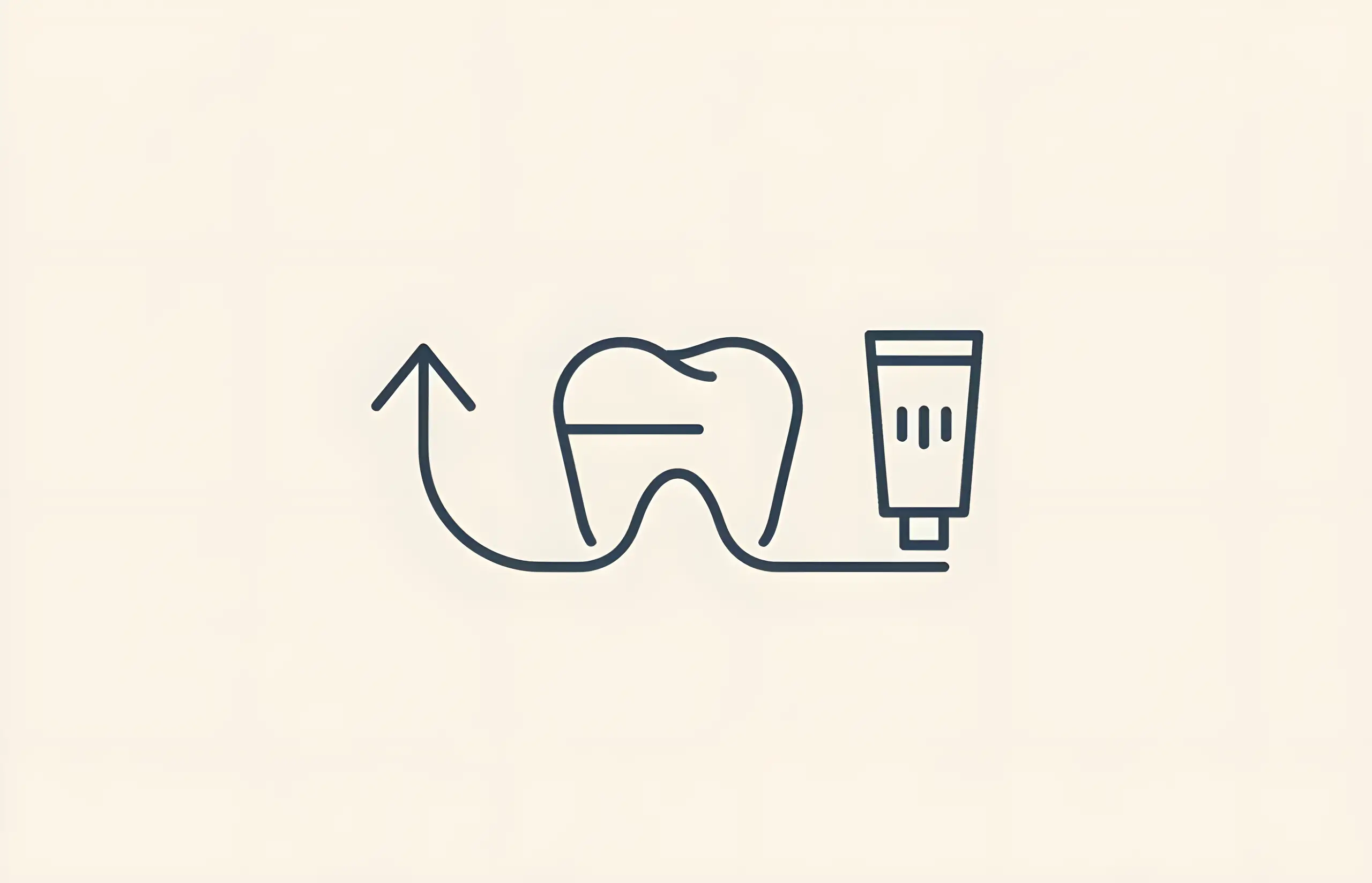
Choosing the Best Toothpaste for Veneers
Comprehensive guide to selecting toothpaste for veneers, understanding RDA values, avoiding abrasive ingredients, surface roughness concerns, and proper oral care techniques

Can Temporary Veneers Cause Pain?
Complete guide to temporary veneers including why they may cause discomfort, the procedure involved, preventive measures, and what to eat while wearing them

Can You Whiten Veneers?
Comprehensive guide to veneer whitening, why porcelain veneers resist bleaching, stain removal options, color matching strategies, and maintenance tips

How Much Do Dental Veneers Cost in the UK?
Comprehensive guide to dental veneers including history, materials (composite, porcelain, lithium disilicate), treatment process, costs (£200-£1000 per tooth), longevity, care instructions, and cost factors
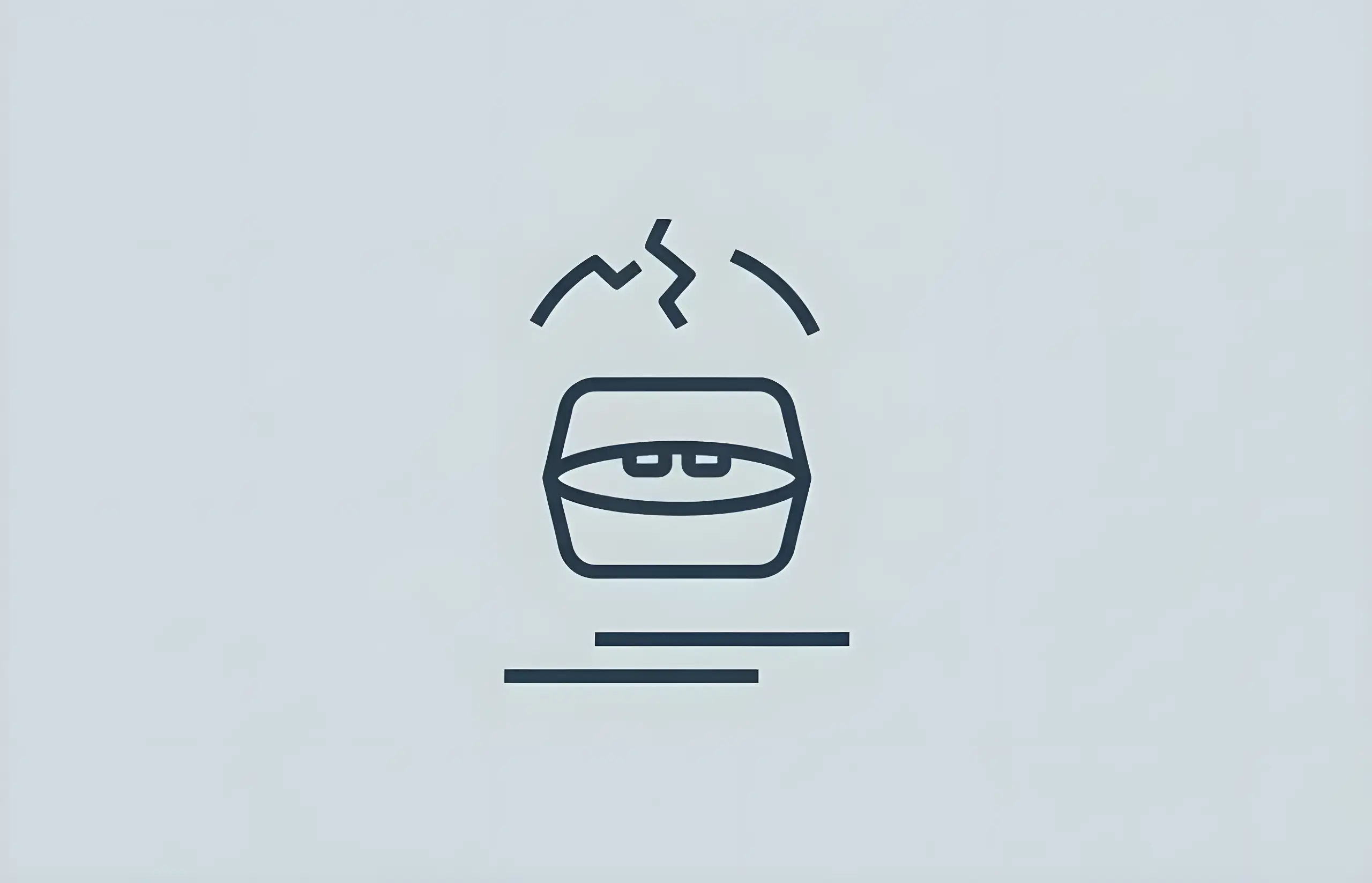
Do Temporary Veneers Look Bad?
Complete guide to temporary veneer appearance, materials (PMMA, bis-acryl), aesthetic outcomes, patient satisfaction, complications, and what to expect during the provisional phase
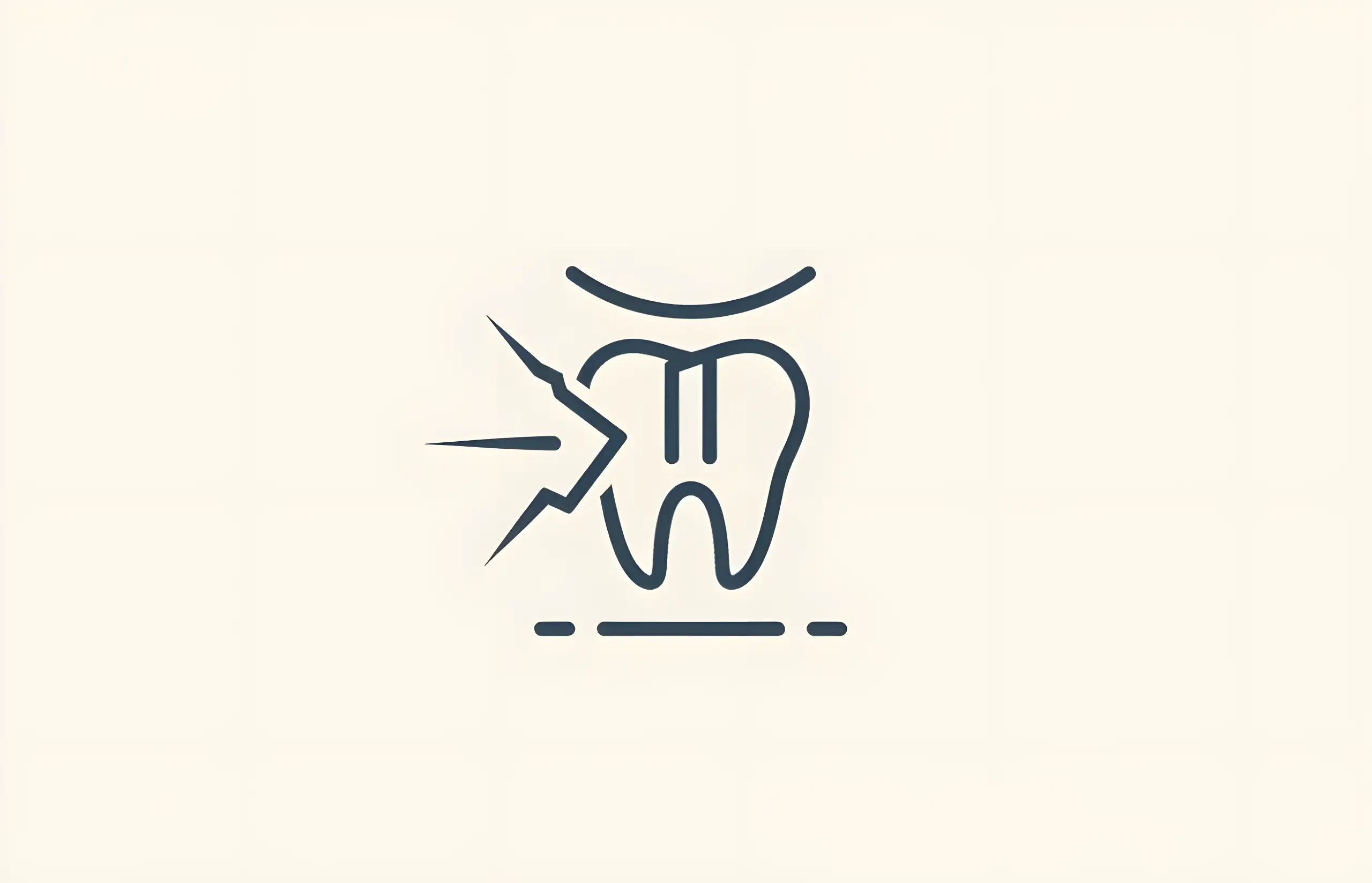
Do Veneers Ruin Your Teeth?
Evidence-based guide to veneer safety, enamel removal effects, tooth preparation depth, survival rates comparing enamel versus dentin bonding, and how to protect your teeth long-term

Lumineers vs Porcelain Veneers
Comprehensive comparison of Lumineers and traditional porcelain veneers, including differences, costs, longevity, and which option is best for your smile
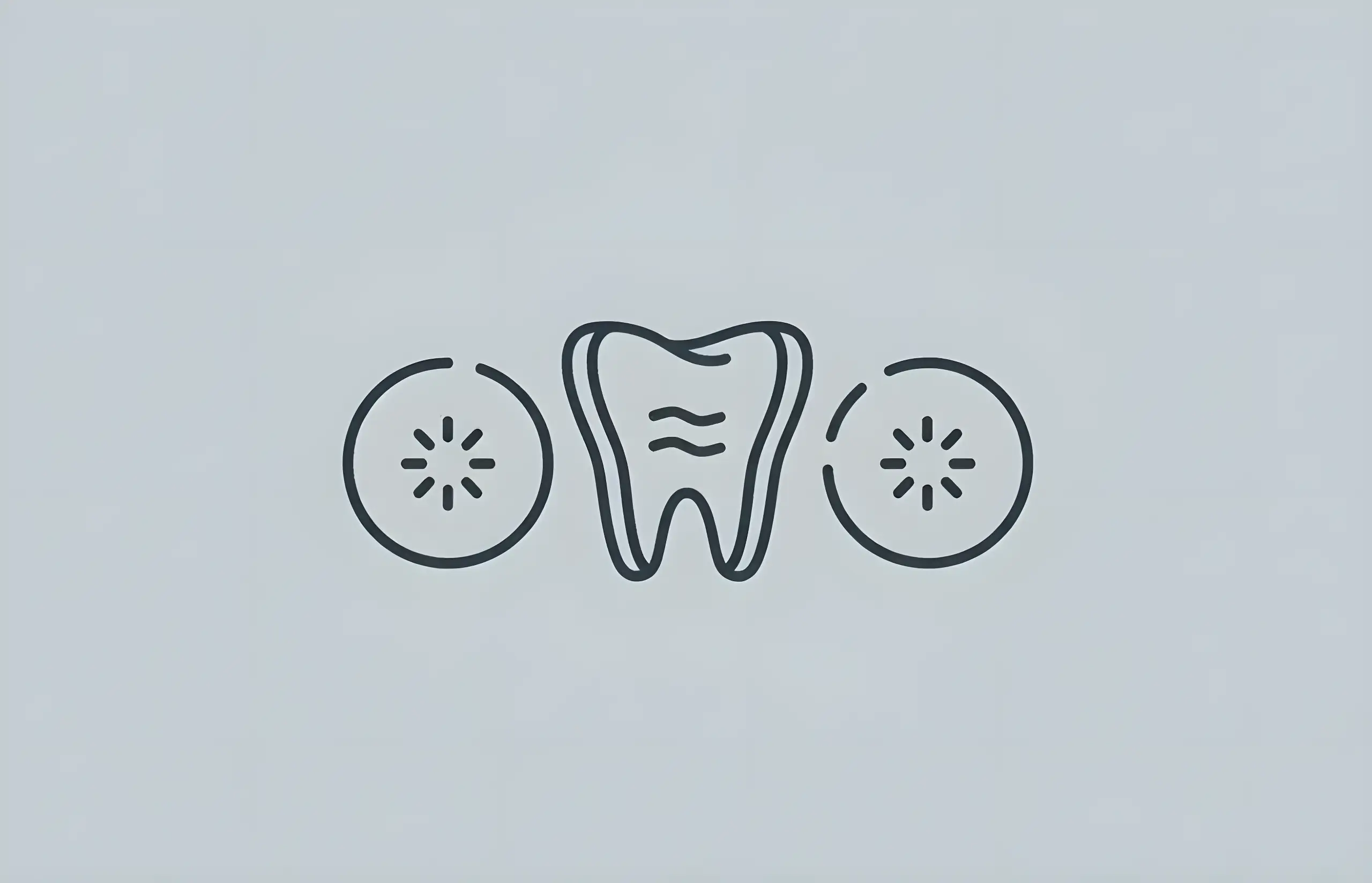
Sensitive Teeth After Veneers
Understanding causes, treatment options, and what to expect when experiencing tooth sensitivity after veneer placement
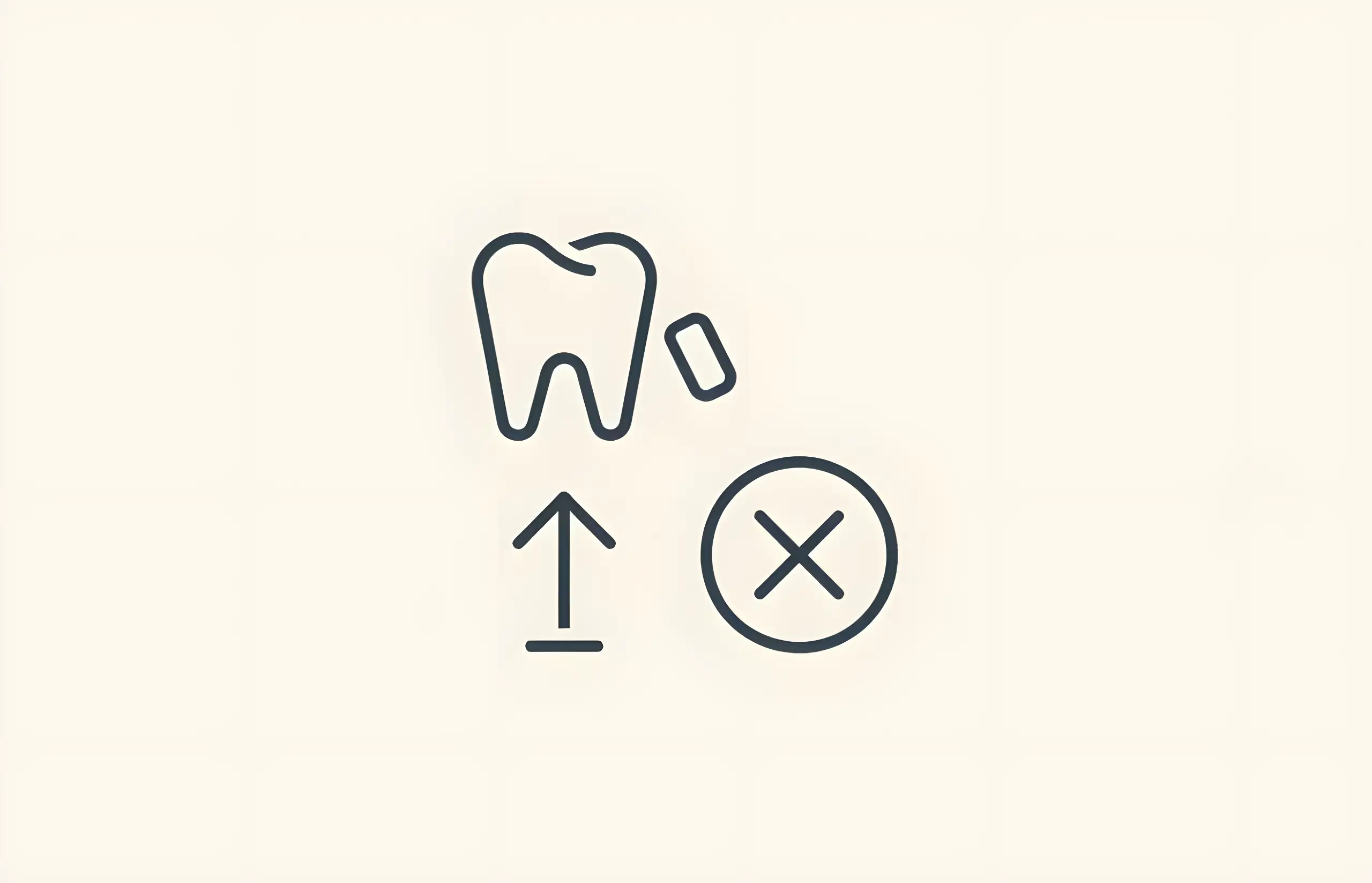
What To Do If Your Temporary Veneers Are Falling Off
Essential guide to protecting temporary veneers: what they are, foods to avoid, and when to see a dentist if they become loose or fall off

Different Types of Veneers
Comprehensive guide to veneer types including porcelain, composite, instant, and removable veneers with survival rates, costs, pros and cons, and how to choose the right option
About The Dental Guide
The Dental Guide is a trusted online resource providing evidence-based information about dental health, treatments, and procedures. Our content is created and reviewed by qualified dental professionals to help you make informed decisions about your oral health.
Our Mission
- Evidence-based dental information
- Expert-reviewed content
- Clear, accessible explanations
- Latest treatment options
- Patient-focused guidance
Editorial Standards
- GDC-registered dental professionals
- Peer-reviewed sources
- Regular content updates
- Medical accuracy verification
- Transparent authorship
Important Notice
The information on The Dental Guide is for educational purposes only and should not replace professional dental advice. Always consult with a qualified dentist for diagnosis and treatment recommendations tailored to your individual needs and circumstances.
Medically Reviewed
Reviewed by Dr. Nasim Mechoui , BDS (Bristol)
Share this article
Comments & Discussion
Have questions about dental implants? Share your thoughts or experiences.
